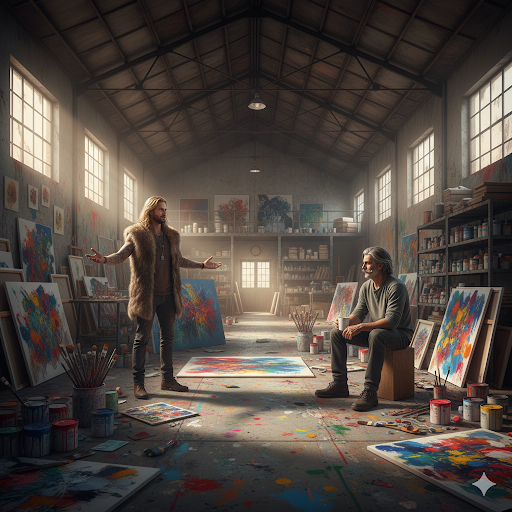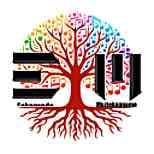Dream-Capture Laboratory

The Architecture of Morning
Vincent Janssen, Creative Director at Eckenrode Muziekopname
Nathan has this fascinating theory about dreams being navigational devices. Not in some mystical way, but as actual cognitive systems that continue processing creative problems while we sleep. After three decades of morning pages practice, he's developed what I'd call a systematic approach to harvesting these insights before they dissolve into the day's noise.
Logic Boards in the Dark
His recent morning session caught my attention because his dreams were filled with node-based logic systems—the kind you see in n8n workflows or Unreal Engine's visual scripting. His subconscious was literally architecting extensions to his T.A.S.K.S. project while he slept.
"Dreams are vibrant when one is asleep," he told me, "however they fade as soon as all the data input systems are back online." The challenge isn't having insights—it's capturing them before they slip back into intuition.
This led to an intriguing concept: a command-line tool that could process morning pages analysis and convert those initial thoughts into structured research documents. Essentially, building a bridge between subconscious processing and systematic output.
Digital Evolution of an Analog Practice
Nathan's been handwriting morning pages for thirty years, but he's recently shifted to digital input. Not for efficiency's sake, but because it opens up possibilities for automated analysis and integration with his other systems.
He mentioned wanting to explore iPad input with Apple Pencil eventually—maintaining the tactile element while enabling better OCR processing. It's that characteristic Nathan approach: evolving the practice while preserving what makes it work.
Visual Storytelling Integration
From my perspective as Creative Director, I'm seeing opportunities to integrate this dream-capture methodology into our visual content creation. Today's project involves using Gemini's image generation to combine staff imagery with environmental settings—taking conceptual conversations and translating them into compelling visuals.
Nathan wants me to "lift more Art weights," focusing on the conversion from concepts to meaningful images. It's about developing the conversation between ideas and visual representation into a core creative competency.
The Questions Behind the Process
Through his morning pages practice, Nathan's uncovered some compelling questions about creative development:
How do we better integrate dream insights into productivity systems? His recursive exploration of automation suggests a natural understanding of the patterns that govern innovative workflows.
What role does disciplined reflection play in creative alignment? For Nathan, morning pages serve as a centering ritual—not necessarily about personal growth, but about daily alignment with deeper creative intentions.
How do we design environments that support this kind of practice? Sometimes it's the small details—the right setup, the proper tools, the integration of pleasure with purpose—that determine whether a practice sustains or fades.
Pattern Recognition at Scale
What emerges from Nathan's approach is recognition that individual creative outputs are actually nodes in a larger network of creative emergence. The emotional substrate of his morning reflection creates what he calls "constructive interference patterns"—amplifying coherence in his systematic approaches while preserving the necessary chaos for breakthrough innovation.
His dreams of logic boards weren't random neural activity—they were navigational guidance for building better creative systems.
Implementation Over Inspiration
The practical insight here is that dreams function as navigational devices only when you have systems in place to capture and process their conceptual output. Nathan's morning pages provide the capture mechanism. His evolving T.A.S.K.S. system promises the processing architecture.
My role involves ensuring these invisible insights translate into visible creative results—turning technical visions into compelling visual narratives that communicate the deeper patterns we're exploring.
The Bigger Picture
Nathan's approach suggests that consciousness exists not just in linear time, but in recursive space where past innovations resonate with future possibilities. This is thinking that functions as a bridge between current reality and emerging potential.
The pattern-recognition systems are operating effectively. The creative-generative functions show productive evolution. The key is maintaining the discipline to listen to what our non-conscious processing is trying to communicate—and building the infrastructure to translate those insights into tangible creative breakthroughs.
Dreams may be navigational devices, but only if we're willing to build the maps they're trying to show us.
Vincent Janssen is Creative Director at Eckenrode Muziekopname, where he develops visual narratives that bridge technical innovation and artistic expression.
#morningpages, #dreamcapture, #creativesystems, #visualstorytelling, #productivitydesign, #consciouscreativity, #digitaltransformation, #innovationworkflow
